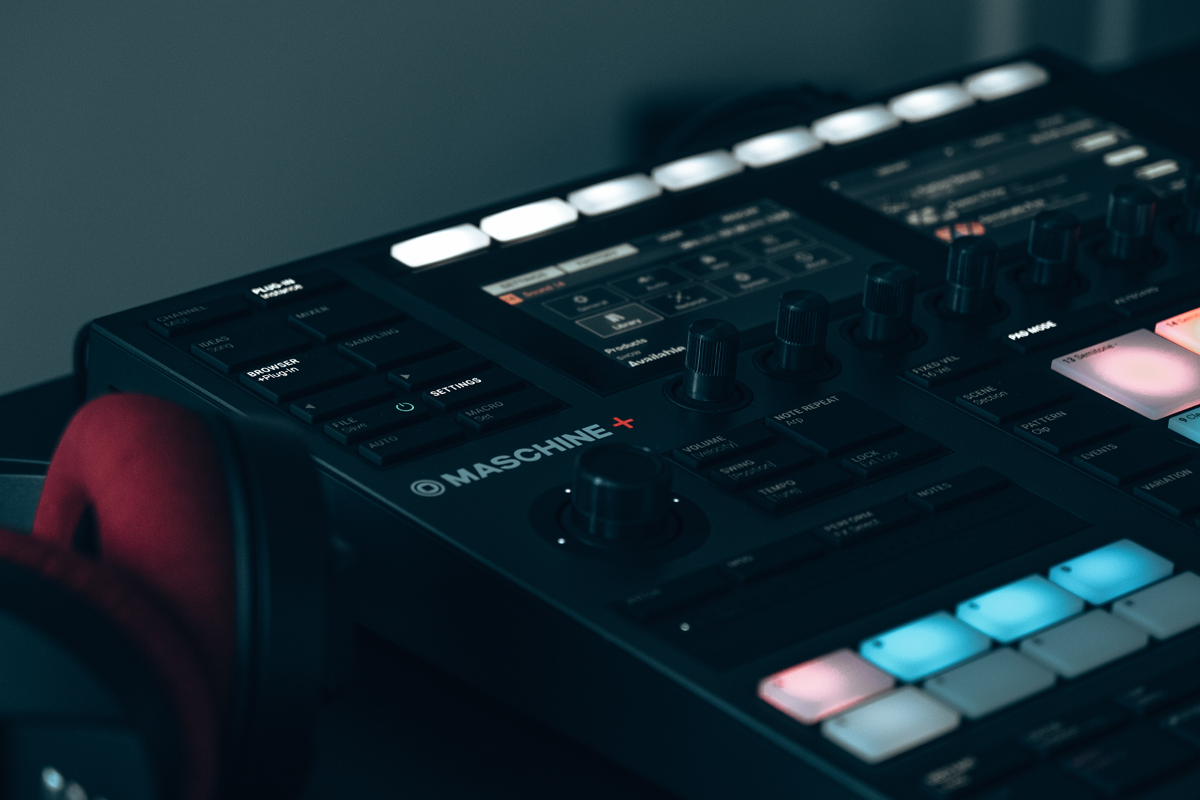
Drum samples have come a long way since their early beginnings in the 1930s. The history of drum samples is a fascinating one that has seen them evolve from simple recordings to the advanced technology we have today. In this blog, we’ll take a look at the evolution of drum samples, from their early beginnings to the modern technology used today.
The beginnings
The earliest drum samples were created in the 1930s, when engineers began recording drum sounds and playing them back on phonograph players. These early samples were limited in their use, as they could only be played back at the same speed at which they were recorded. This changed in the 1950s, with the introduction of tape-based recording technology, which allowed for the manipulation of audio recordings through various techniques. This included tape machines, such as reel-to-reel and cassette tapes, which allowed engineers to physically cut, splice, and manipulate the tape to change a recording. They also used a variety of devices such as equalizers, filters, and reverberation units to change the tone and character of the sound. Additionally, they used techniques such as dubbing and overdubbing.
1960s and 1970s
In the 1960s and 1970s, drum samples began to be used in popular music. The first drum machine, the Wurlitzer Sideman, was introduced in 1959, and it was soon followed by other models such as the Roland TR-808 and the Linn LM-1. These early drum machines used samples of real drums, which could be programmed to play back in a specific sequence.
1980s
The 1980s saw the introduction of digital technology, which revolutionized the way drum samples were created and used. With the advent of digital audio workstations (DAWs), producers could now manipulate drum samples with greater precision and flexibility. Samplers such as the Akai MPC and the E-mu SP-1200 allowed producers to record, edit and manipulate drum samples in new ways.
1990s
In the 1990s, drum samples became even more advanced with the advent of software-based drum machines and samplers and further improvements in DAW technology. These new tools allowed producers to create, edit, and manipulate drum samples with even greater precision and flexibility. With the introduction of the internet, it became easier to access and share drum samples, which led to the development of a thriving online communities of sample creators and users.
Today
Drum samples are a crucial component of modern music creation today. The options for using drum samples have expanded thanks to technological improvement. Producers now have access to a variety of hardware and software technologies that enable them to make and modify drum samples in previously impossible ways. Drum samples have come a long way from the earliest recordings to today’s technology, and this versatile tool has a promising future with the development of new technologies such as Ai.
Check out our drum sample packs at Macdrum.com. Professional samples for professional sound engineers and producers.
